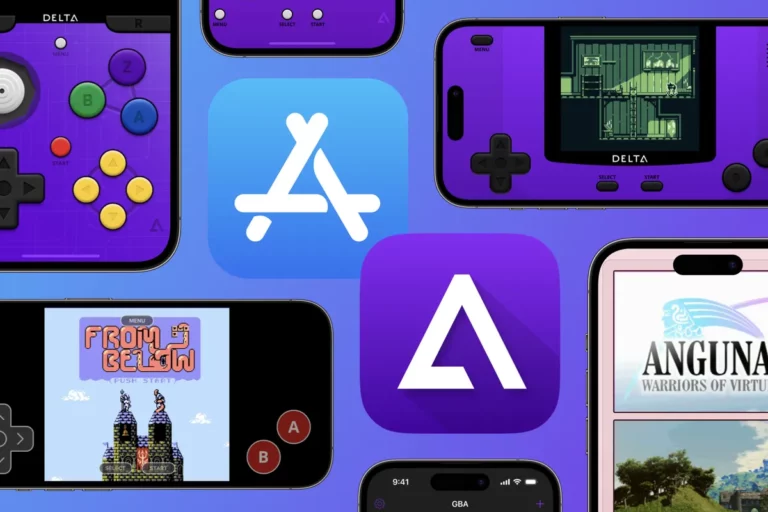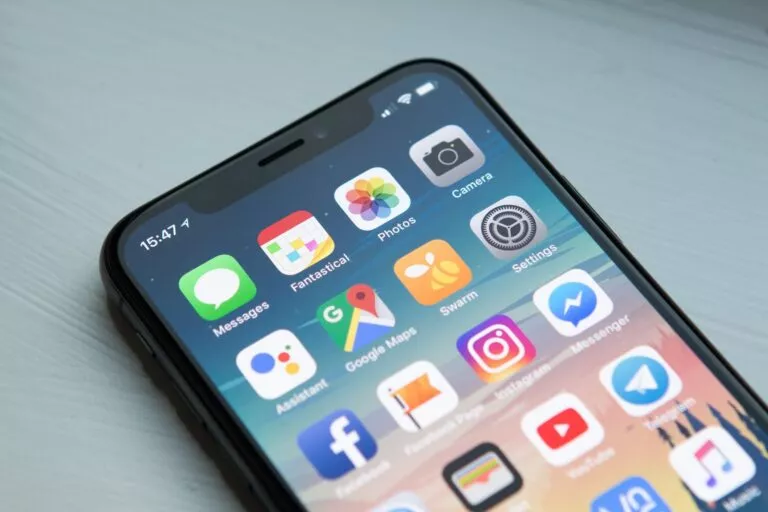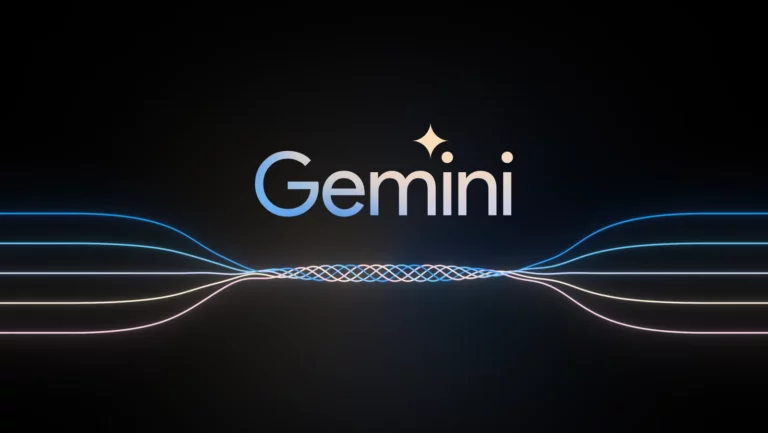How To Use Delta iOS Emulator & Install Game ROMs On iPhone?
It’s no secret that emulators have long been the go-to choice for users wanting to play…
Technology’s ultimate purpose is to make things easier for us. In this section, we try to bolster that goal with our in-depth yet simple how-to articles. These guides are one of the top-visited pages of Fossbytes. These pieces revolve around simple and useful tips to improve the productivity of your computers, phones, and other devices. We also try to solve hot searched problems and queries requested by the users in this section.

It’s no secret that emulators have long been the go-to choice for users wanting to play…

For well over a decade, Apple has maintained a walled garden, preventing users from migrating to…
While most everyday users get the stable version of Android every year around September, millions of…

Discord is perhaps the biggest online community platform, allowing gamers and regular users to connect with…

It’s no surprise that many of us accidentally stumble upon new music, whether through hearing it…

AI chatbots have taken the world by storm, whether it’s helping us in writing essays or…

NordVPN stands out as one of the best VPN services on the market, offering a plethora…

When game streaming platforms like Stadia first launched, they promised a future where people wouldn’t need…

Discord is by far one of the best online community platforms, owing to its extensive user…

Game streaming has taken off in the last few years, with many turning towards a career…